Wiring single phase motor starter:
This diagram shows how to make wiring a single-phase motor starter. In this circuit, we use two DP MCBs ( Double Pole Minature Circut Breaker ), a magnetic contactor, an overload, a single-phase motor; etc. Here we need to connect the DP MCB with a power source, then connect the contactor overload and push switch. And lastly, we need to connect the motor to this circuit.
Advertisements
Components needed For this Project:
You can get the components from any of the sites below:
- DP MCB 25A [See Buy Click Amazon]
- Magnetic Contactor 40A [See Buy Click Amazon]
- Motor Protector Overload [See Buy Click Amazon]
- Single Phase Motor (1 HP) [See Buy Click Amazon]
- Push Button NO Switch [See Buy Click Amazon]
- Push Button NC Switch [See Buy Click Amazon]
*Please note: These are affiliate links. I may make a commission if you buy the components through these links. I would appreciate your support in this way!
Advertisements
Components used to make the Wiring single phase motor starter:
DP MCB In 2 Pole MCB, switching & protection is affected in phases and the neutral. A Double Pole or DP Switch is a Switch that Controls 2 Circuits at the same time. In terms of Residential Switching, this Normally means it Switches the live and Neutral at the same time. In Layperson Terms, Double Pole switches or DP Switches are Exclusively Designed to Control 2 Different Electrical Circuits at the same time, which allows the Appliances to Isolate safely and reliably. Fan or light Combinations and Medical Equipment are some of the many applications for DP Electrical Switches and Electrical components.
02. Magnetic Contactor:
A magnetic contactor is an electromagnetic switching device. It is generally used for controlling 3-phase Motors. The operation of a magnetic contactor is similar to that of a Relay. but a relay is used for low-power or low-voltage connections, and a magnetic contactor is used for high-power or high-voltage connections. As soon as the supply is applied to the magnetic contactor coil. its normally open contacts are closed and normally closed contacts are opened and the associated devices are also operated. This is how a magnetic contactor works.
Overload Protection is Protection Against a Running Overcurrent That Would Cause Overheating of The Protected Equipment. Hence, An Overload is Also a Type of Overcurrent flow. Overload Protection Typically Operates on an Inverse Time curve where the Tripping Time Becomes less as the Current Increases. This Overload Protector is an Essential Component for Many Sockets Power Systems. The Top-Quality Overload Protector can Effectively Protect Electrical Products from Power Surges.
04. Single Phase Motor:
A Single-Phase Motor is an Electrically-Powered Rotary Machine That Can Turn Electric Energy into Mechanical Energy. It Works by Using a Single-Phase Power Supply. Single-phase Motors Are Used in Equipment And Machines That Are Smaller in Size And Require Lower Horsepower. This Includes Equipment Such As Refrigerators, Pumps, Compressors, Fans, and Portable Drills. Single-phase motors Have a Similar Construction to The 3-phase Motor, Including an AC Winding That is Placed on The Stator And Short-Circuited Conductors That are Placed in a Cylindrical Rotor.
NO (Normally Open) Terms Refer to a Type of Dry Contact or Wet Contact. A Push to Make Switch Allows Electricity to flow Between its 2 contacts when held in. When the button is released, the Circuit is broken. This type of Switch is also known as A Normally Open (NO) Switching system. As its name implies, a Normally Open (NO) Switch Contact or “a Contact” is a Switch. Put very simply, a Normally Open Sensor will have no Current When in a Normal State But When it Enters an Alarm State it will have +5V applied to the Circuit.
06. Stop Switch:
An NC (Normally Closed) Push Button is a Push Button That, In Its Default State, Makes Electrical Contact With The Circuit. An NC (Normally Closed) Push Button is a Push Button that, in its Default State, Makes electrical Contact With the Circuit. When The Button Is Pressed Down, The Switch no Longer Makes Electrical Contact And The Circuit is Now Open. When The Button is Not Pressed, Electricity Can Flow, But When it is Pressed The Circuit is Broken. This type Of Switch is Also known As a Normally Closed (NC) Switch.
Thank You for visiting the website. Keep visiting for more Updates.
Frequently asked questions
Your float switch has a 3-wire configuration, which could be used to make connections for either filling or emptying. For “Normally Full” Operation, where the desire to activate a pump to Fill a tank, sump, and vessel, use the Black and Blue Wires for connection, or cap the Brown wire.
They last a very long time. Some Kari Float Switches have been in service for over twenty years. They're also easy to use. A simple weight acts as the anchor point and could be adjusted to lengthen the distance between the switch of the points.
Float switches have a reed switch and a pivoted magnet and can be used for normally open (N/O) or normally closed (N/C) operations. The switch action could be reversed rotating the switch through 180°.
Often called a mechanical level of the switch or magnetic level switch, they detect the liquid using 3 basic components, a float, a magnet, and a switch. The simplicity of the product is it is strength.
There are 2 types of float switches: stem-mounted float switches or cable-suspended switches. These float switches could be horizontal or vertical. There are many ways to monitor the amount of liquid in a tank.
Read more Single Phase Wiring
What is a kilowatt-hour (kWh) | kwh formula | What does kwh mean
Introduction to Electrical Units and CircuitskW and kWh on your electricity bill As your home uses electricity during...
What is the Difference Between kVA | What does KVA mean | kVA formula
Difference Between KVA ExplainedWhat does KVA Mean? There are technical terms aplenty when it comes to generators, and...
Power Factor | Power Unit | Energy | Electricity Unit
Power factor definition | Calculating Power FactorPower Factor Values In a purely resistive circuit, the power factor...
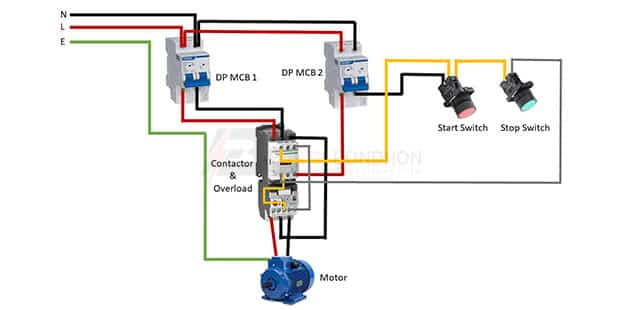

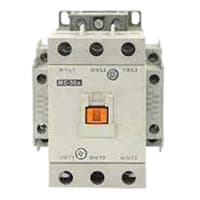
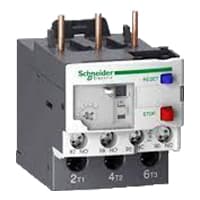
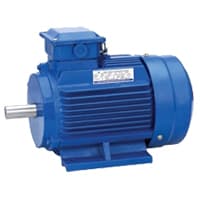
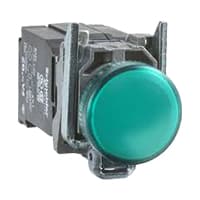
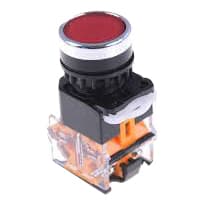
0 Comments